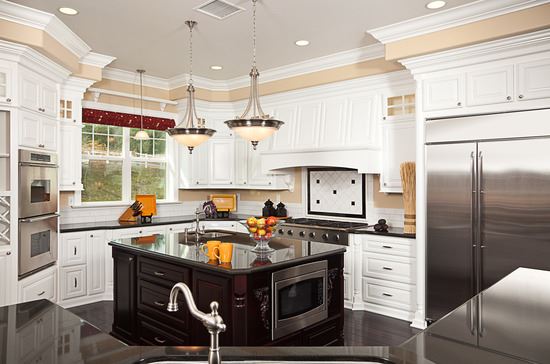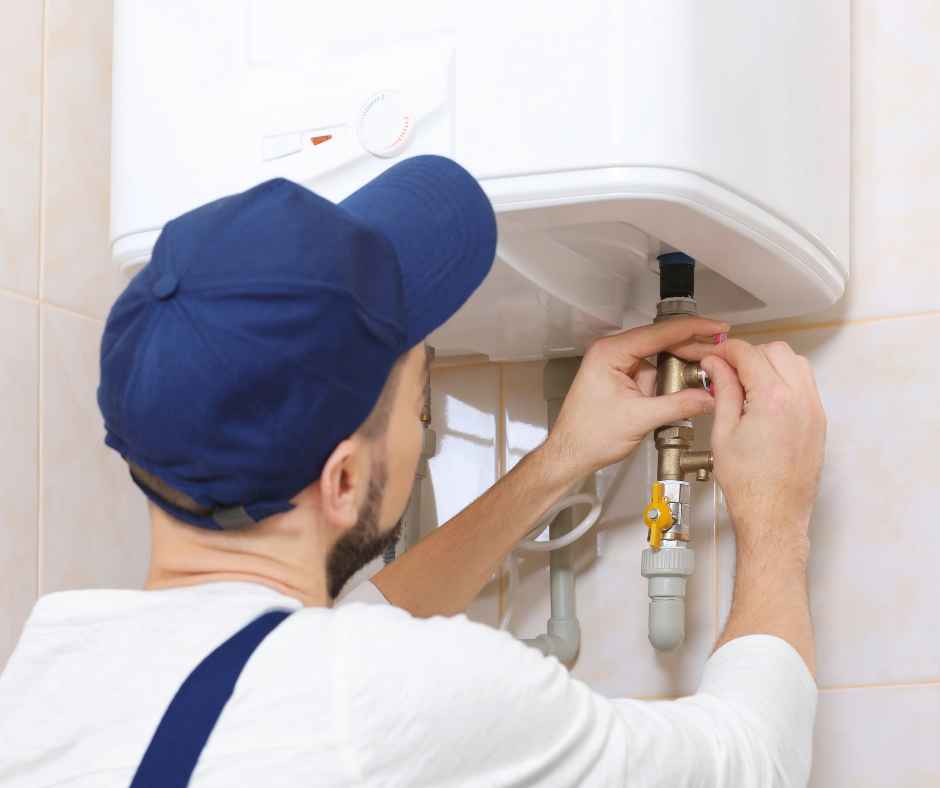Serving Greater Atlanta & Savannah/Hilton Head
Improper Electrical Grounding Techniques: Do These Exist In Your Home?

<_>

Proper electrical grounding prevents the unwanted voltage on non-current-carrying metal objects. It also aids in the correct operation of overcurrent devices.
Codes and rules have changed considerably over the years, meaning how the electrical system operates today are very different than how it operated a decade or two ago. You may love your thirty, fifty, even one-hundred-year-old home because of its charm and personality, but the electrical system may be a ticking time bomb.
Improper Replacement Of Non-Grounded Outlets
The easiest electrical hazard you’ll find in an older home is a two-prong electrical outlet. Because these are such obvious hazards, they are also the first things electricians tend to replace. However, many do-it-yourselfers do this in an incorrect way.
- They hook up a new grounding outlet to an old electrical system. The new outlet can give a false sense of security to future electricians that assume they are protected from a properly grounded outlet.
- They connect the green grounding terminal of a grounded container to a grounded neutral conductor. When connected, voltage will appear on both the neutral and ground wires. Any noncurrent-carrying appliance will become energized and shock the user.
- They connect an individual ground conductor from the green grounding terminal of a grounded receptacle to the nearest grounded object, such as a water pipe. This connection will have resistance, depending on the object use, and possibly not trip the breaker when a ground fault occurs, allowing the object to remain energized.
Proper approaches include running a new branch circuit back to the panel, verifying a valid ground. And when two prong outlets are replaced, proper code says to include a sticker that says, “no equipment ground.”
Improper Grounding Frames of Electric Ranges and Clothes Dryers
Before 1996, it was common practice to use the neutral as an equipment ground. Now, however, all frames of common household appliances such as electric ranges, clothes dryers, wall mounted ovens, and countertop mounted cooking panels must be grounded by a fourth wire, an equipment grounding conductor. If you still have an old appliance in place, the best course of action is to run a new 4-wire branch circuit from the panel. The neutral if used as an equipment grounding conductor should be removed.
Improper Reconnection After Equipment Repairs
It’s commonplace to replace or even move equipment around as a house ages and needs change. Microwaves, double wall ovens, and countertop cooking panels may now be the standard for today’s kitchens but rarely existed a few short years ago. As equipment is replaced and relocated, equipment ground paths are often broken. If these connections are not fixed, they are an accident waiting to happen. Dirt and erosion can also compromise ground continuity over time.
Have questions about electrical grounding techniques used throughout your home? Only trust a certified, professional electrician to ensure the safety of your family. Your life depends on it.
Heater on the fritz? Frustrated with plumbing problems? R.S. Andrews is just a call away!





